South Africa's most popular car brand seeks to protect its rich heritage by restoring one of only three 2000GTs that ever reached our shores.
Copy supplied
During the ‘60s Europe offered the world cars like the sensuous Jaguar E-Type, the Porsche 911 and the Ferrari 250 GTO. America had the Corvette and other luxury models, but Japan was lacking on the luxury, high-performance sportscar front. That was until the Toyota 2000GT turned up at the 1965 Tokyo Motor Show. This model would go on to change the face of Japanese motoring and become the first million-dollar Japanese car. These days examples of the 2000GT, of which only 351 were built, trade for around R15 million!
The birth of the 2000GT
Following the Second World War, Japan underwent significant changes, the country had to rebuild and many manufacturers shifted their focus to building economical cars and utility vehicles. It wasn’t until the first Japanese Grand Prix in 1963 that drivers in the country became interested in performance. Just one year later, Toyota began working on a luxury high-performance model that would showcase the company’s technology and engineering abilities.
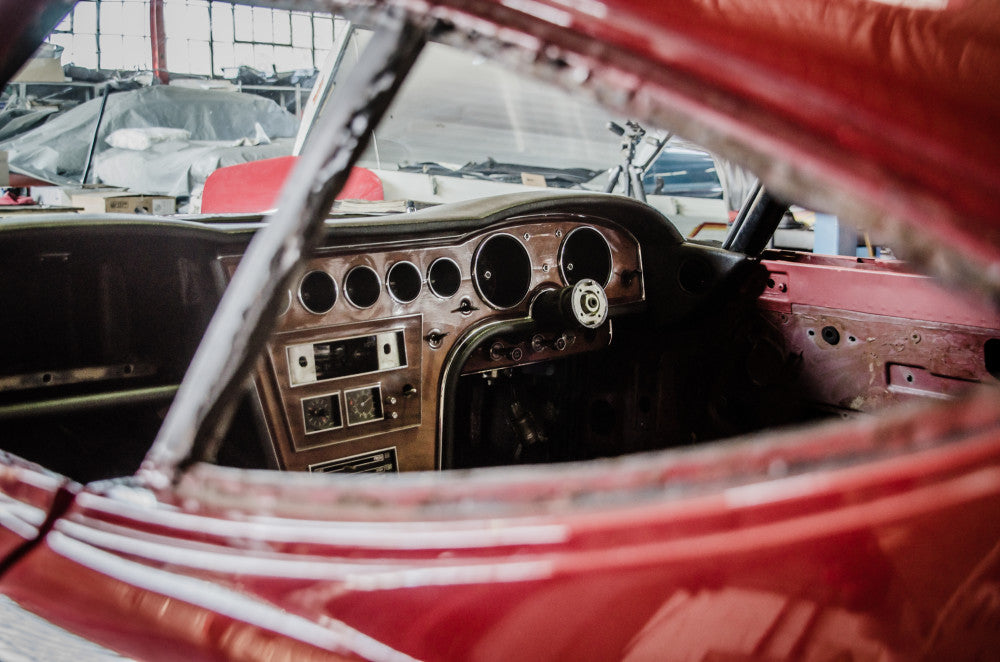
The project was headed up by Shoichi Saito, a major contributor to the development of Toyota as a manufacturer. His brief was simple; ‘do whatever necessary to not only produce the 2000GT, but make it one of the – or perhaps even the – greatest car in the world.’ The 2000GT would need to be practical and yet enjoyable to drive, the engine was to be at the front and drive the rear wheels, and finally it would need to embody a design that would rival those of the more expensive European models. A tough challenge, for sure...
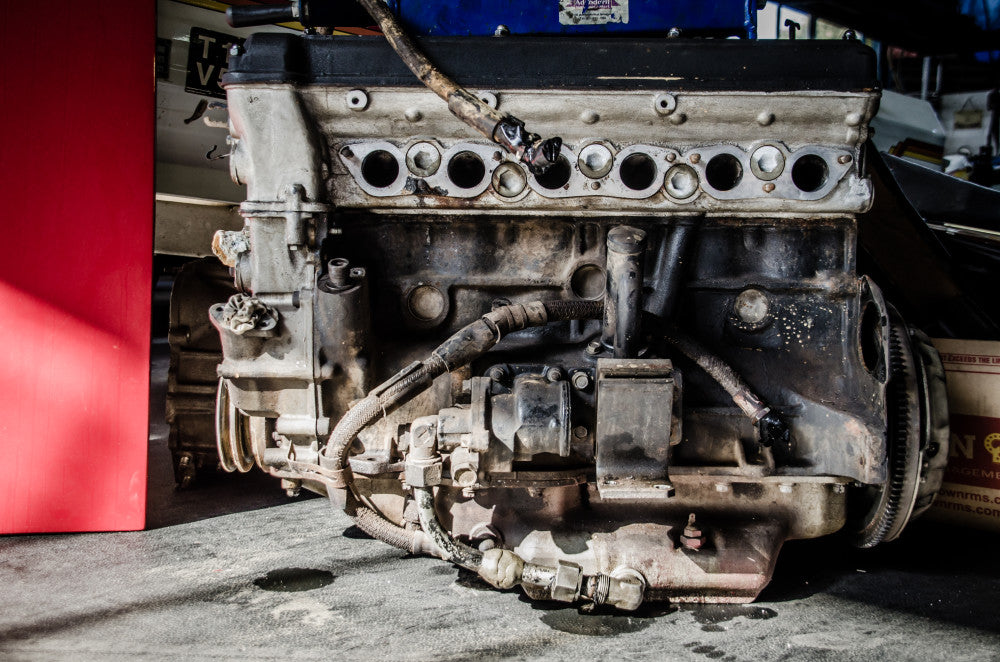
As a stroke of luck, Yamaha had approached Toyota at roughly the same time with a prototype they had designed. This prototype was originally developed for Nissan but the rival company rejected the offer for reasons unknown. Nissan, however, took elements from the design Yamaha submitted and went on to create the 240Z, the main competitor of the 2000GT.
Toyota, however, approved the Yamaha design and would use it to improve its somewhat conservative brand image. Toyota’s designers; Jiro Kawano and Satoru Nozaki took the A55X prototype and further developed it into what we know today as the 280 A1 prototype vehicle which was unveiled at the 1965 Tokyo Motor Show.
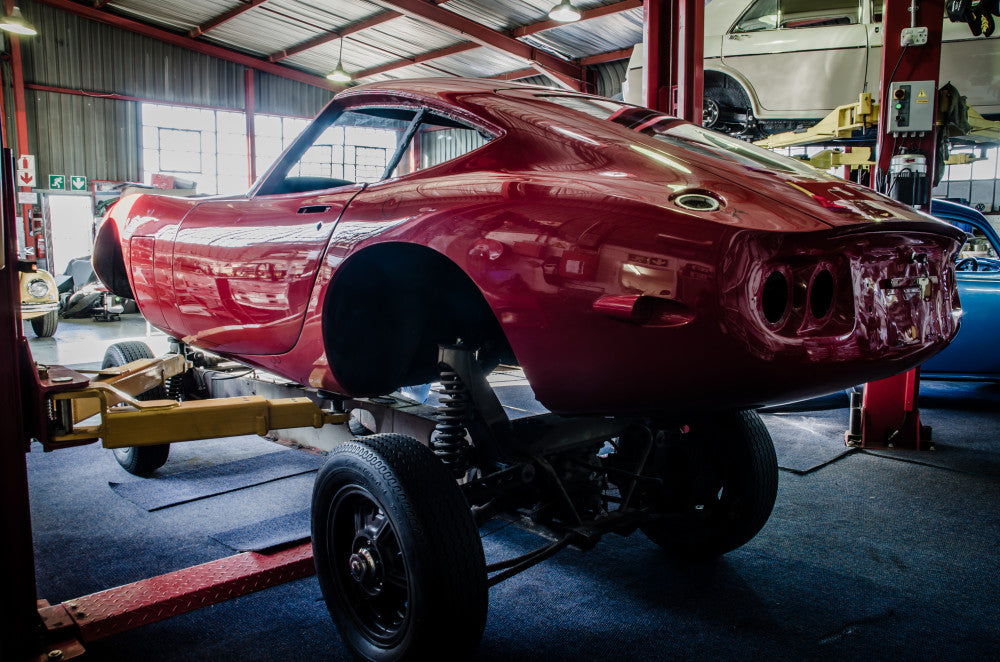
The debut took place only a year after Shoichi Saito commissioned the project. The 280 A1 was met with great excitement and intrigue, however, buyers would have to wait until 1967 to get their hands on the production version of this new Toyota sportscar.
The Toyota 2000GT
The production version of the 2000GT offered a smooth, curvy body which was crafted out of aluminium. It was also the first Japanese car to be fitted with a limited-slip differential and all-round power-assisted disk brakes in standard specification. The Japanese sports car is powered by a 2.0-litre straight-six engine developed by Toyota but features a number of modifications from Yamaha, like the DOHC aluminium head. In the end, the engine delivered 110 kW and 175 Nm - enough to get the grand tourer from rest to 100kph in 10 seconds and onto a top speed of 215 km/h.

Although the performance of the 2000GT was impressive considering its power output, the Toyota struggled to compete with the likes of the Jaguar E-Type and American Corvettes. However, it didn’t fail to impress media the world over. Road & Track magazine stated that the 2000GT was one of the most exciting cars that they had ever driven and compared it to the then Porsche 911. The 2000GT was also successful on the racetrack as it won the 1967 Fuji 24hr race. It also managed setting several FIA world records for speed and endurance in a 72-hour test.
Despite these (and other) achievements, the 2000GT’s most famous moment came when it appeared in the 1967 James Bond movie ‘You only live twice’. Due to Sean Connery’s size and the relatively small cabin, two convertible versions of the 2000GT were specially commissioned for the film. Toyota simply chopped off the roof and replaced it with a soft top unit.
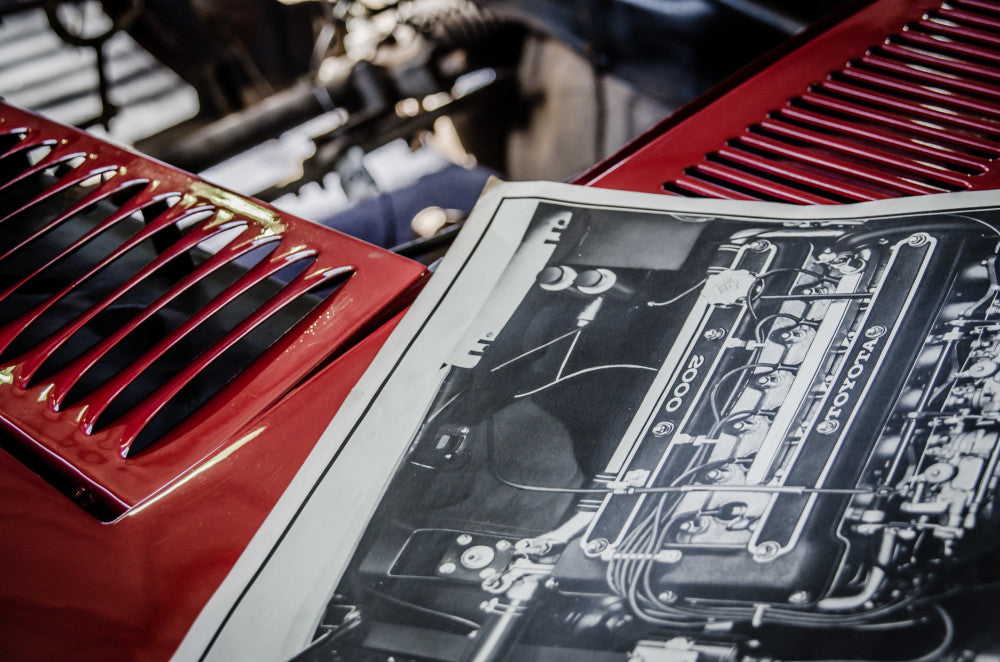
The 2000GT’s main rival, the Nissan 240Z, only arrived in 1969. Incorporating somewhat similar styling to the Toyota, Nissan’s 240Z focused more on outright performance, sacrificing luxury. After three short years of production, the last 2000GT left the factory in 1970 which completed the total build cycle of just 351 cars.
The 2000GT changed how the world viewed Japanese cars and it went on to influence the design of some of Toyota’s most iconic sportscars such as the Supra, the GT86 and even the Lexus LFA. Produced in such limited numbers, the 2000GT is widely considered to be the ultimate Japanese classic.
South Africa's three
Out of the 351 examples of the 2000GT models produced, only three were designated for South Africa. Chassis number MF10-10131 and MF10-10206 in Pegasus White and MF10 -10207 finished in Thunder Silver. The three vehicles arrived on South African shores between 1967 and 1968.
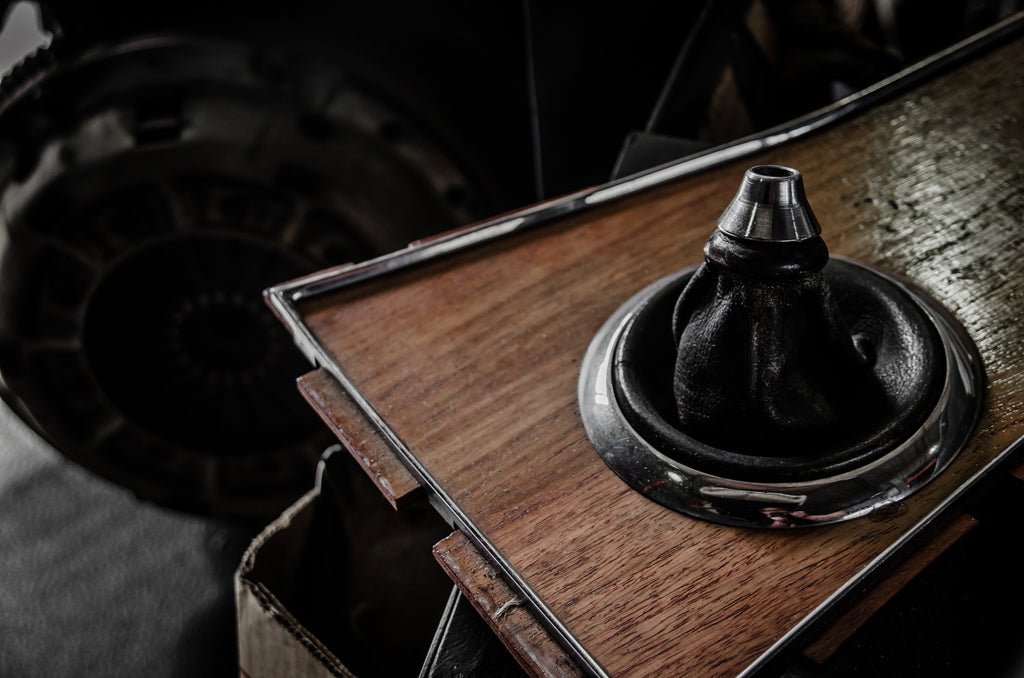
Toyota South Africa Motors have been in possession of one of these examples for many years, the car in question being chassis number MF10-10207. The vehicle forms part of the company’s private collection which comprises rare racing vehicles and other iconic Toyota and Lexus models. In July of 2020, Toyota Gazoo Racing announced that it would be reproducing replacement parts for the Toyota 2000GT as part of the GR Heritage Parts Project, and would sell them both domestically and overseas.
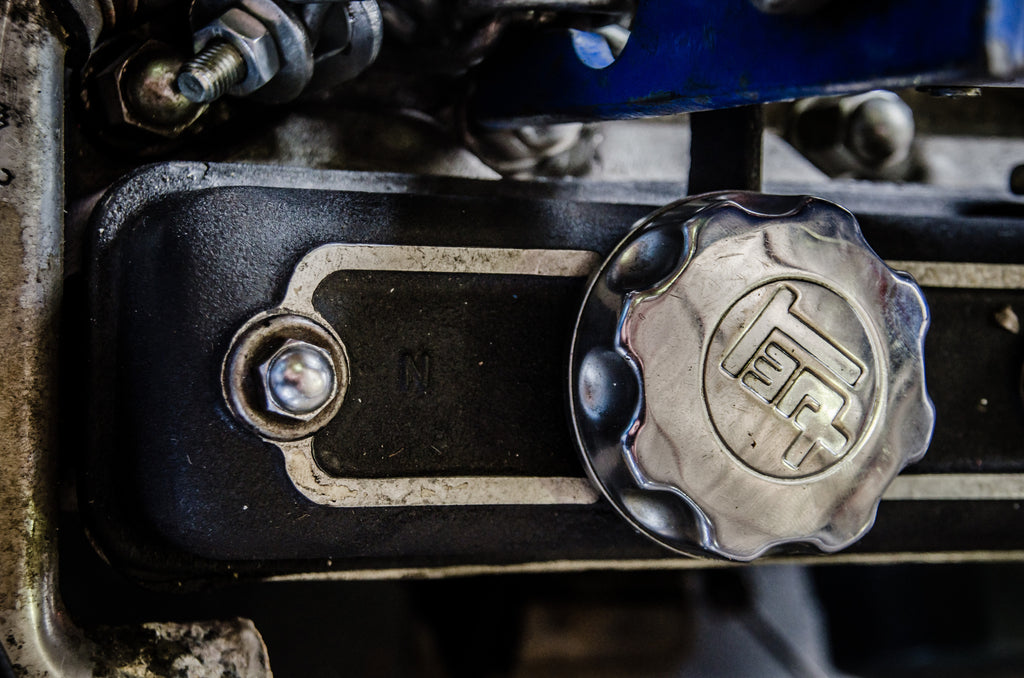
This initiative paved the way to a decision made by Toyota South Africa to do a full bumper-to-bumper restoration of its own 2000GT. One of the biggest mysteries (and adding to the mystique), is that according to various sources the vehicle in question was produced in Thunder Silver, however, other sources recall it as being white, while in its current state, it is painted Solar Red.
Toyota has been documenting the restoration that started in 2020 and will be revealing the different stages of the complete nut and bolt restoration of this iconic car.
Capable hands
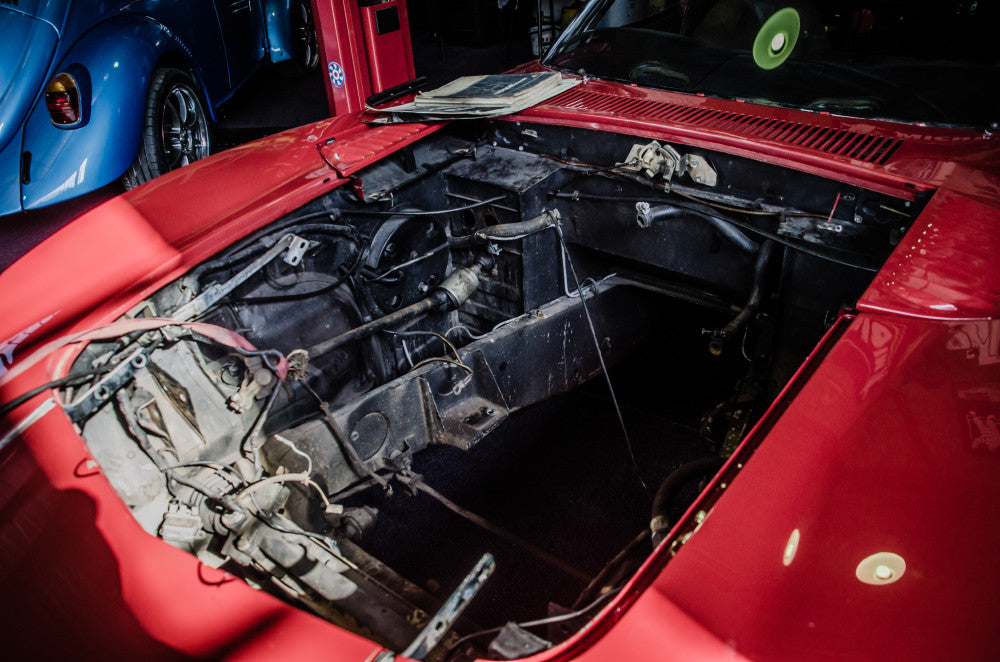
This grand-scale restoration has been placed in the capable hands of Generation Old School, a Gauteng-based classic-car restoration specialist. This father-and-son duo take a hands-on approach, with a methodical project plan and attention to detail being the cornerstone of their work. Their repertoire spans from Beetles and Microbusses to American muscle cars such as Chevelles and Chargers.

